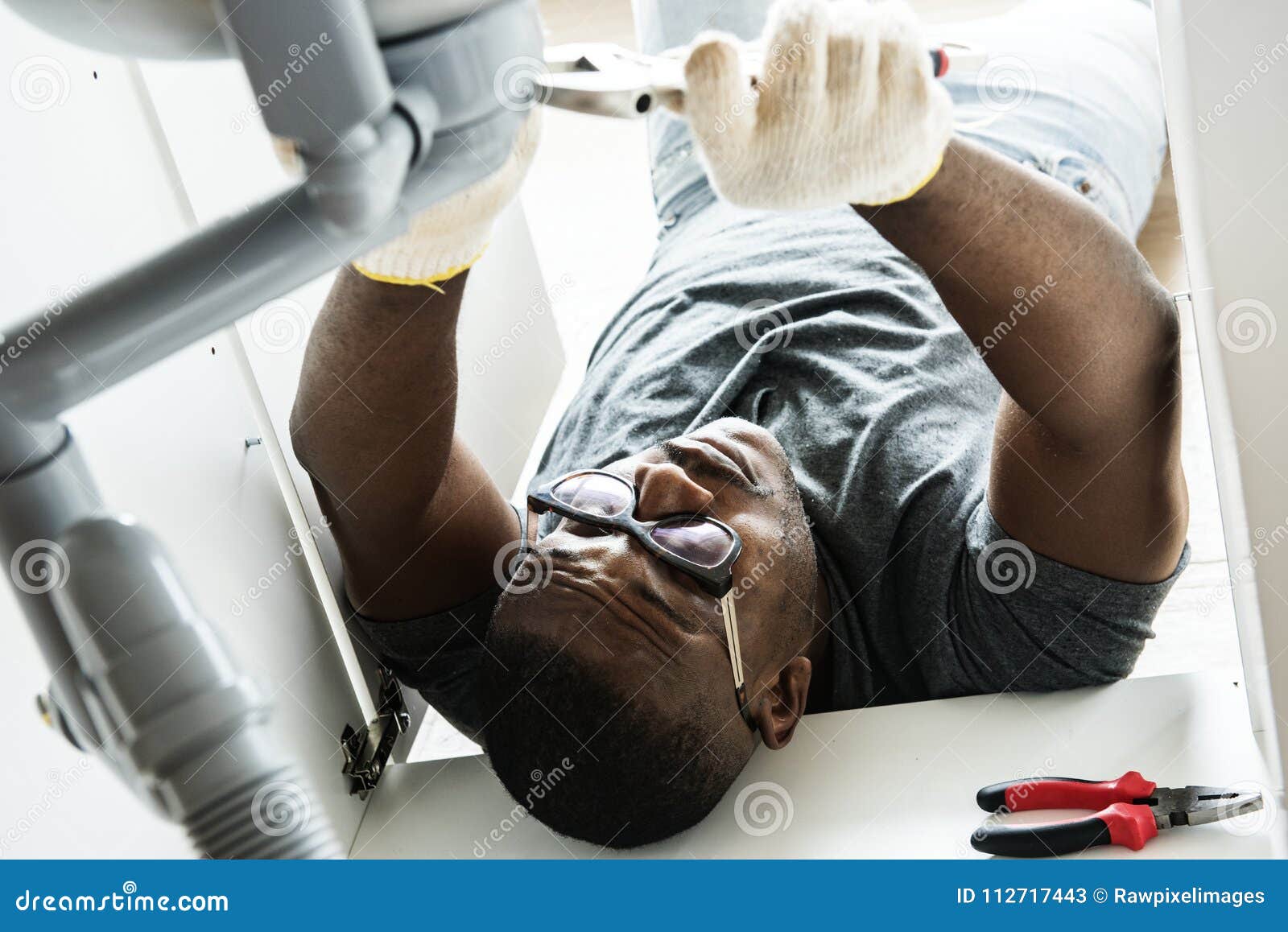Expert Drain Cleaning Alabaster AL to Maintain Your Pipes Flowing
Expert Drain Cleaning Alabaster AL to Maintain Your Pipes Flowing
Blog Article
A Detailed Overview to Effective Hot Water Heater Installation for Optimum Efficiency
Starting the job of setting up a hot water heater is a venture that requires accuracy and a systematic approach for attaining ideal performance. The procedure starts with the important decision of selecting the ideal heating unit tailored to the details needs of your household, taking into consideration aspects such as size, kind, and energy resource. When picked, preparing the setup area to satisfy safety criteria is critical. However, the trip does not finish right here. As you proceed, the details of linking water supply lines and establishing reliable electrical or gas links wait for, encouraging insights into making sure performance and reliability.
Picking the Right Hot Water Heater

Following, consider the dimension and capacity of the water heating unit. It's essential to assess your home's hot water demands, which can differ based upon the variety of occupants and their use patterns. An unit that's too little might bring about insufficient warm water, while a large design may lead to unneeded power intake.
Efficiency ratings also play a critical function in choice. Search for hot water heater with high Power Aspect (EF) scores, suggesting premium efficiency and lowered power use. Tankless designs, though commonly extra pricey ahead of time, deal significant power cost savings gradually because of their on-demand heating capabilities.
Preparing the Installation Location
Prior to setting up a new water heating system, precise prep work of the installation location is important. It's critical to determine the space very carefully to accommodate the water heating unit's measurements, ensuring appropriate clearance around the device for effective procedure and servicing.
Inspect the flooring for stability, as the water heating unit will certainly require a strong, level surface to operate effectively. If required, set up a drip pan below the unit to catch potential leakages or spills, protecting against water damage to the surrounding location.
Additionally, guarantee that all needed devices and materials are on hand before commencing the installation. This includes things such as wrenches, screwdrivers, a degree, and any kind of extra hardware required for mounting and safeguarding the heating system. A well-prepared installation area establishes the foundation for a successful hot water heater arrangement, enhancing performance and safety.
Connecting Water Lines
When attaching water system lines to your recently installed hot water heater, it is critical to make certain that all connections are leak-free and secure to keep effective operation and protect against water damages. Begin by identifying the hot and chilly supply of water lines. The cool water inlet is commonly marked with a blue tag or a "C", while the warm water electrical outlet is marked with a red tag or an "H".
Usage adaptable water heating unit adapters to assist in a simpler installation procedure. Before connecting the ports, put a plumber's tape around the threaded ends of the water heating system's inlet and electrical outlet pipes.
When connections remain in area, slowly transform on the primary water supply shutoff. Inspect each connection for leakages by visually examining and feeling for dampness. Tighten up connections as essential, and ensure the stress safety valve is appropriately installed, safeguarding against extreme pressure build-up.
Establishing Electrical or Gas Connections
Effectively establishing up the electrical or gas links for your water heating system is an important step to make certain reliable and risk-free operation. For electric water heating systems, start by validating that the electrical circuit is suitable with the heating unit's voltage and amperage demands.
For gas water heating units, security is vital. Link the gas line to the water heating system making use of a versatile gas adapter, guaranteeing it is appropriately threaded and sealed with pipeline joint compound or Teflon my company tape ideal for gas connections.
When links are made, check for any potential leakages. For gas lines, use a soapy water remedy to the joints; bubbles indicate a leak. For electric links, confirm that all wiring is safe and effectively insulated, preserving compliance with regional electric codes.
Changing and checking for Performance
With the electric and gas connections securely in position, the next step is examining the functional performance of your water heating system. Begin by thoroughly turning on the water system and making sure there are linked here no leakages at any of the valves or joints. When verified, proceed to fill the tank, focusing on the pressure and temperature setups. It is advisable to establish the thermostat to an advised temperature level of around 120 ° F(49 ° C) to stabilize power effectiveness and comfort.
Next, perform a comprehensive evaluation to ensure the burner or gas burners are working properly. For electric heating units, use a multimeter to validate if the aspects are drawing the appropriate existing. In gas designs, observe the burner fire; it should be blue and steady, suggesting efficient burning.
Readjust the settings as necessary to remove ineffectiveness. Consider applying insulation steps, such as adding a hot water heater blanket, to further improve performance by lessening warm loss. Additionally, inspect the anode rod's problem, as a shabby pole can minimize efficiency and cause tank rust.
Verdict
Reliable water heating system installation is essential for making sure ideal efficiency and power financial savings. Safely attaching water supply lines and meticulously establishing up electric or gas links decrease possible issues.

Properly establishing up the electric or gas connections for your water heater is a vital action to guarantee risk-free and effective operation. For electric water heaters, start by validating that the electric circuit is suitable with the heating system's voltage and amperage requirements. Connect the gas line to the water heater using a flexible gas connector, ensuring it is properly threaded and sealed with pipe joint substance or Teflon tape ideal for gas links.
Report this page